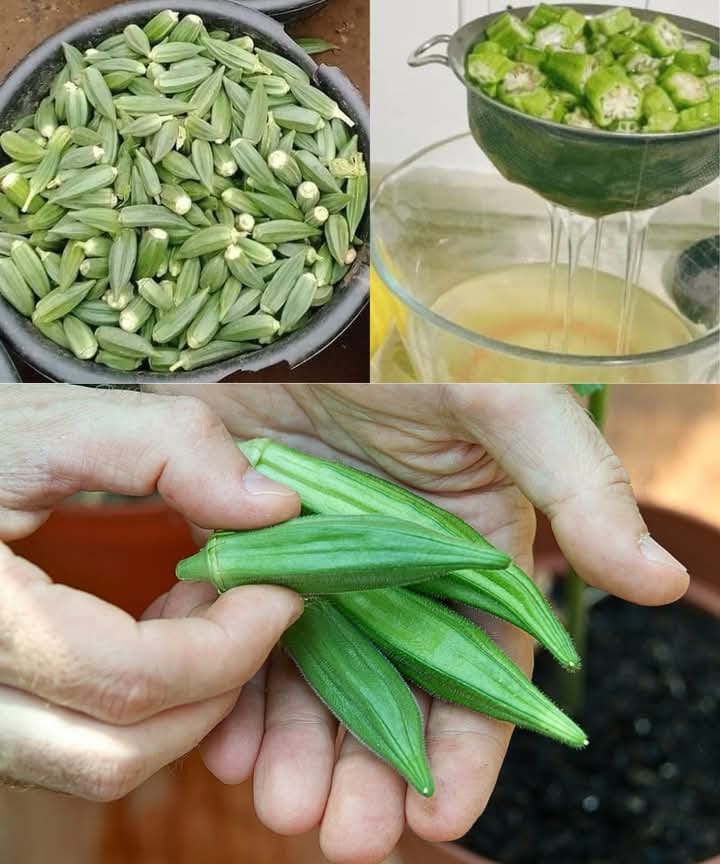ADVERTISEMENT
Sure! Below is a detailed article on “12 Things to Know About Okra” that will be informative and engaging for readers.
—
### **12 Things to Know About Okra**
Okra is a vegetable that has captured the hearts of many due to its unique texture, flavor, and nutritional benefits. Whether you’re familiar with it or not, this green, pod-shaped vegetable has much more to offer than meets the eye. Also known as “lady’s finger” or “gumbo,” okra is a staple in various cuisines worldwide, especially in Southern U.S., African, and Middle Eastern cooking. In this article, we explore 12 essential things to know about okra, from its history and nutrition to its culinary uses and health benefits.
#### 1. **Okra’s Rich History and Origins**
Okra is believed to have originated in East Africa, where it was cultivated for thousands of years. Historical records suggest that it was spread to the Mediterranean region during the 12th century and later to the Americas through the transatlantic slave trade. By the 18th century, okra had firmly established itself in Southern U.S. cuisine, particularly in gumbo dishes.
Okra’s journey across the globe highlights its adaptability and cultural significance. Today, it remains a key ingredient in many traditional dishes, from Indian “bhindi masala” to African “okra stew” and American “gumbo.”
#### 2. **Okra is a Versatile Vegetable**
Okra is not just a vegetable for soups and stews—its culinary uses are incredibly versatile. The pods are commonly fried, sautéed, grilled, or used in salads. They can be eaten raw, though they are most commonly cooked. The vegetable’s mucilaginous (slimy) texture makes it perfect for thickening soups, gravies, and stews, adding richness without the need for additional flour or cornstarch.
In India, okra is often stir-fried with spices, while in the U.S. South, it’s a key ingredient in gumbo, where it thickens and flavors the dish. Its pods can also be pickled, providing a tangy contrast to richer dishes.
#### 3. **Rich in Nutrients and Low in Calories**
Okra is not only delicious, but it also packs a punch in terms of nutrition. A single cup (about 100 grams) of raw okra contains only 33 calories. Despite being low in calories, it is high in essential nutrients such as:
– **Fiber:** Okra contains a good amount of dietary fiber, which helps support digestion and maintain a healthy gut.
– **Vitamins:** It is rich in vitamins A, C, K, and several B vitamins, all of which play essential roles in immunity, skin health, and overall well-being.
– **Minerals:** Okra is a good source of folate, calcium, magnesium, potassium, and iron. These minerals are crucial for bone health, muscle function, and maintaining healthy blood pressure levels.
– **Antioxidants:** The vegetable is rich in antioxidants like flavonoids, which help protect the body from oxidative stress and reduce inflammation.
#### 4. **Okra is Excellent for Digestion**
Thanks to its high fiber content, okra is often considered a digestive aid. The vegetable contains soluble fiber, which can help regulate bowel movements and promote healthy digestion. This makes it an excellent choice for those looking to manage constipation or improve gut health.
The mucilaginous texture of okra is believed to soothe and lubricate the digestive tract, potentially aiding those who suffer from acid reflux, gastritis, or other digestive discomforts. Okra’s fiber also supports the growth of beneficial gut bacteria, which are crucial for maintaining a healthy microbiome.
#### 5. **Okra is Known for Its Slimy Texture**
One of the most distinctive features of okra is its slimy, viscous texture. While this characteristic may not appeal to everyone, it is actually beneficial for cooking certain dishes, particularly stews and soups. The mucilage, which is responsible for the slimy texture, acts as a natural thickener. When cooked, it releases a gelatinous substance that enriches the dish without the need for additional thickeners like cornstarch or flour.
For those who are not fond of the slimy texture, there are several ways to reduce it. For example, cooking okra on high heat or adding it towards the end of cooking time can help minimize the mucilage’s effect. Additionally, using vinegar or citrus in cooking can also help break down the slime.
For Complete Cooking STEPS Please Head On Over To Next Page Or Open button (>) and don’t forget to SHARE with your Facebook friends
